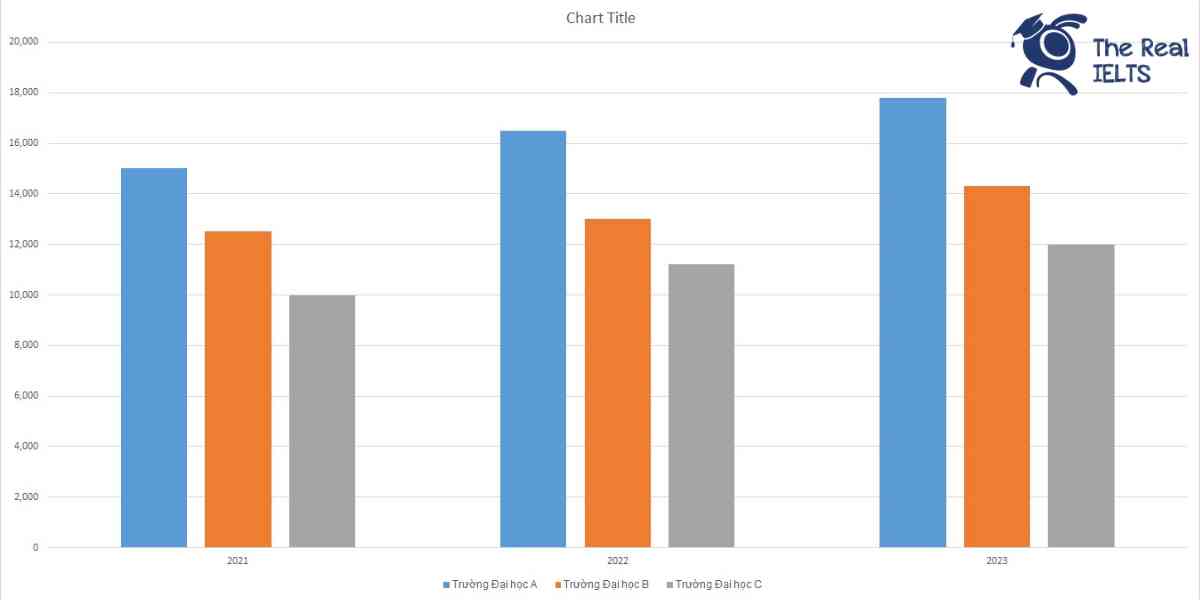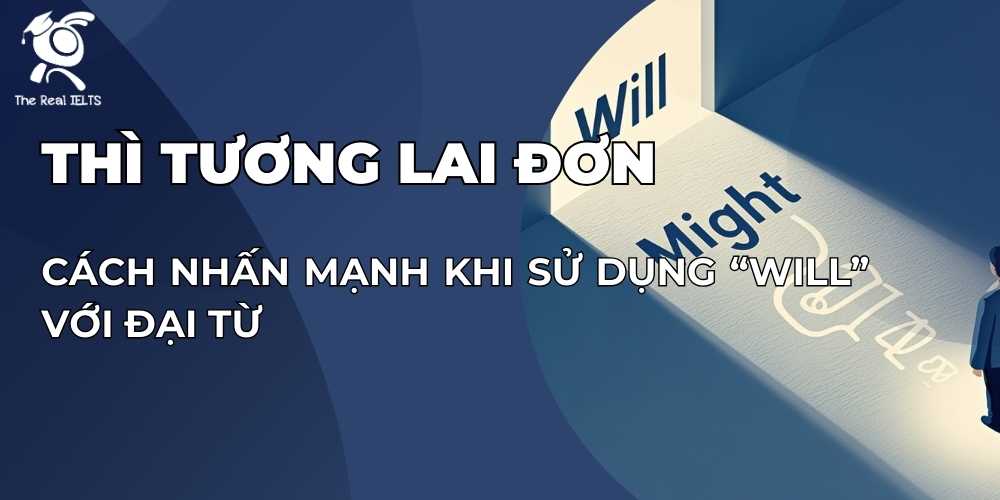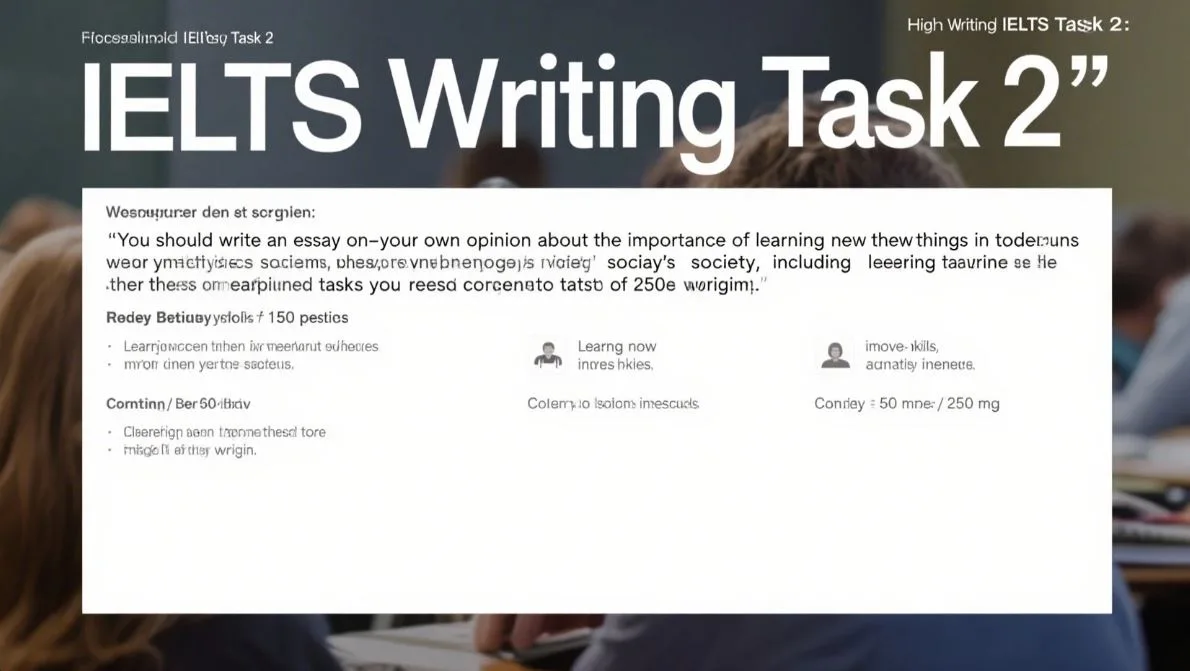Đề bài IELTS Writing Task 2 dạng Agree or Disagree Part 52:
You should spend about 40 minutes on this task
Nuclear energy is a safe source of power. To what extent do you agree or disagree?
Write at least 250 words.
Giải mẫu IELTS Writing
In recent years, the debate over the safety of nuclear energy has gained significant attention. While some advocate for it as a reliable and low-carbon energy source, others express concerns about potential risks. I partially agree with the statement that nuclear energy is a safe source of power, but this agreement comes with significant caveats.
Firstly, nuclear energy does have notable safety benefits compared to fossil fuels. It produces a large amount of electricity without emitting greenhouse gases, which is crucial in combating climate change. Additionally, advancements in technology have improved the safety protocols of nuclear power plants, reducing the likelihood of accidents. Modern reactors are designed with multiple safety systems that can prevent catastrophic failures.
However, the notion that nuclear energy is entirely safe overlooks several critical issues. The catastrophic accidents at Chernobyl and Fukushima highlight the potential dangers. These incidents, although rare, had devastating consequences for the environment and human health. They underscore the fact that even with advanced safety measures, the risk of severe accidents, though low, cannot be eliminated entirely.
Moreover, the disposal of radioactive waste remains an unresolved issue. Radioactive waste requires secure storage for thousands of years, posing a long-term environmental and safety challenge. The potential for leakage or contamination can have dire effects on surrounding ecosystems and communities. Additionally, the threat of nuclear material falling into the wrong hands cannot be ignored, raising concerns about nuclear proliferation and terrorism.
In conclusion, while nuclear energy presents a cleaner alternative to fossil fuels and has become safer over time, it is not without risks. These include the potential for catastrophic accidents, long-term waste management challenges, and security threats. Therefore, while nuclear power can be part of a diversified energy strategy, it should not be relied upon as the sole or primary source of energy. Continuous improvement in safety measures and the development of alternative energy sources are essential for a sustainable and secure energy future.
Cấu trúc ngữ pháp và cấu trúc câu
Cấu trúc câu và cấu trúc ngữ pháp
- Câu phức (Complex sentences):
- “While some advocate for it as a reliable and low-carbon energy source, others express concerns about potential risks.”
- “Modern reactors are designed with multiple safety systems that can prevent catastrophic failures.”
- “These incidents, although rare, had devastating consequences for the environment and human health.”
- Câu ghép (Compound sentences):
- “I partially agree with the statement that nuclear energy is a safe source of power, but this agreement comes with significant caveats.”
- “The potential for leakage or contamination can have dire effects on surrounding ecosystems and communities.”
- Câu đơn (Simple sentences):
- “It produces a large amount of electricity without emitting greenhouse gases, which is crucial in combating climate change.”
- “The threat of nuclear material falling into the wrong hands cannot be ignored.”
- Mệnh đề quan hệ (Relative clauses):
- “The debate over the safety of nuclear energy has gained significant attention.”
- “Radioactive waste requires secure storage for thousands of years, posing a long-term environmental and safety challenge.”
- Cấu trúc nhấn mạnh (Emphatic structures):
- “It is not without risks.”
- “These include the potential for catastrophic accidents, long-term waste management challenges, and security threats.”
Từ nối (Connecting words and phrases)
- Để nối các đoạn văn:
- Firstly (đầu đoạn 2): Dùng để giới thiệu ý đầu tiên.
- However (đầu đoạn 3): Dùng để giới thiệu ý kiến ngược lại hoặc bổ sung.
- Moreover (đầu đoạn 4): Dùng để thêm thông tin.
- In conclusion (đầu đoạn cuối): Dùng để tóm tắt ý kiến và kết luận bài viết.
- Để nối các câu và ý trong câu:
- While: Dùng để chỉ sự đối lập trong cùng một câu.
- And: Dùng để liên kết các ý tương tự nhau.
- But: Dùng để diễn đạt sự tương phản hoặc ngoại lệ.
- These include: Dùng để liệt kê các yếu tố hoặc ví dụ.
- Therefore: Dùng để chỉ kết quả hoặc hệ quả từ các ý đã trình bày trước đó.
Các từ vựng tiếng Anh cần lưu ý trong bài viết
- Nuclear energy – năng lượng hạt nhân
- Safe source of power – nguồn năng lượng an toàn
- Reliable – đáng tin cậy
- Low-carbon – ít carbon
- Greenhouse gases – khí nhà kính
- Advancements in technology – tiến bộ công nghệ
- Safety protocols – các giao thức an toàn
- Reactors – lò phản ứng
- Catastrophic failures – các sự cố thảm khốc
- Chernobyl and Fukushima – Chernobyl và Fukushima (các sự kiện thảm họa hạt nhân nổi tiếng)
- Consequences – hậu quả
- Human health – sức khỏe con người
- Radioactive waste – chất thải phóng xạ
- Secure storage – lưu trữ an toàn
- Leakage – sự rò rỉ
- Contamination – sự ô nhiễm
- Nuclear proliferation – sự phổ biến hạt nhân
- Terrorism – khủng bố
- Alternative energy sources – các nguồn năng lượng thay thế
- Diversified energy strategy – chiến lược năng lượng đa dạng hóa
Đọc thêm các bài Luyện Thi IELTS khác trong link nhé.















